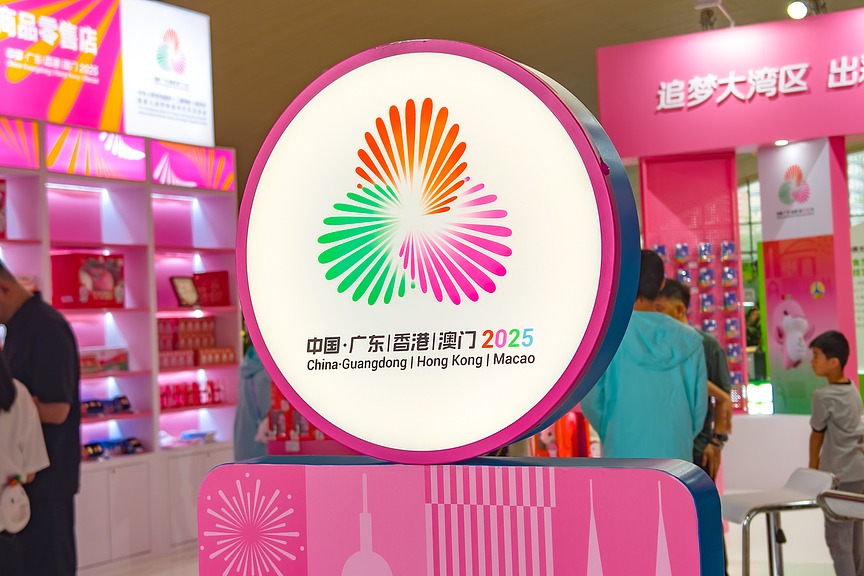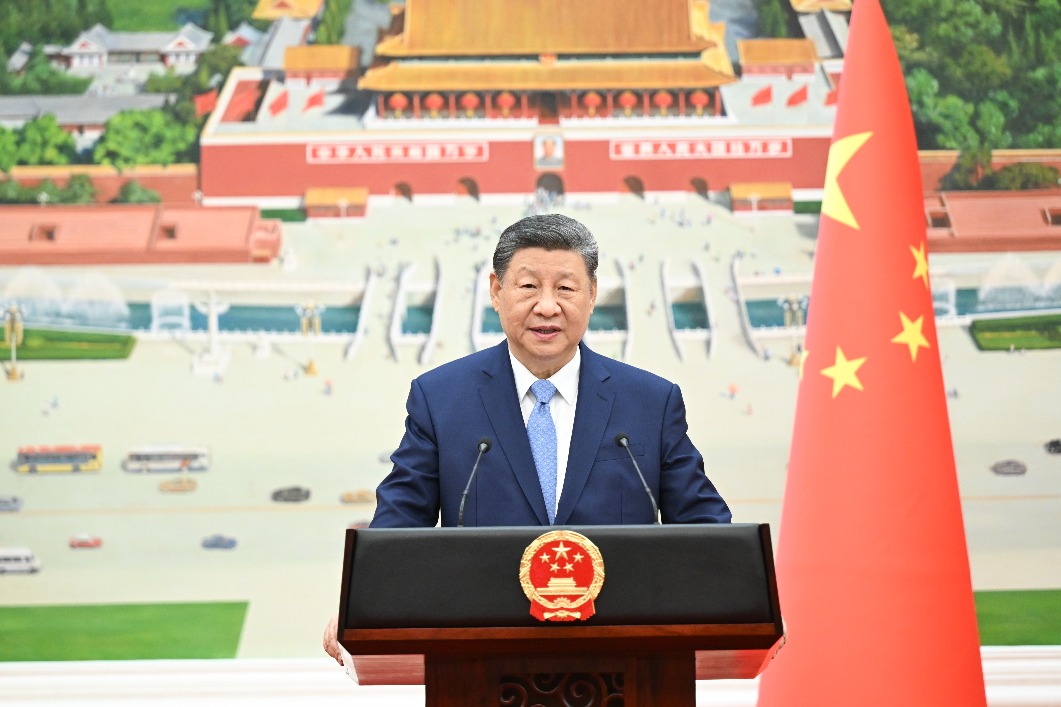Egyptian engineer takes robot route to fight virus

TANTA, Egypt-At his Roboto Academy in Tanta city in northern Egypt, 26-year-old mechatronic engineer Mahmoud el-Komy is testing Cira 02, a robot created for the diagnosis of COVID-19 infection and post-infection medical care.
Cira 02, a female-like robot is all white, with a monitor on the chest that displays scan results of anyone facing it. It also has several sensors and a place where a person can rest his chin for a COVID-19 test.
It is enough for a person to pass or stand in front of Cira 02 to be scanned and told in a robotic voice if his temperature is normal or if he is suspected of being infected with the virus.
The no-entry barrier on the right shoulder of Cira 02 acts as a gate guard that will not allow a person suspected of infection to go through.
The Cira 02, an improved version of Cira 01, comprises pieces printed out by a 3D printer invented by the engineer.
"Cira 01 had limited abilities, but Cira 02 has better sensors for faster fever tests and oral communication, and being a gate guard to keep infected visitors out," the engineer said.
Cira 02 can be used in crowded places, such as banks, airports and stations. And it can also disinfect the place when it recognizes an infected or possibly infected person through face recognition, according to him.
"In case of infection or suspected infection, it sounds an alarm and reports the person to concerned authorities."
Standing and moving on four wheels, the fully autonomous Cira 02 has the Internet of Things, or IoT, a remote-control system through which the robot can be controlled from anywhere in the world via an internet link that can be sent to anyone by the inventor.
"It has always been my dream to see Egypt as a technology-exporting country rather than a technology consumer," he said.
The young man's efforts are not going in vain, for his robot was welcomed by the Egyptian Ministry of Communications and Information Technology, or MCIT.
Yasser Abdel-Bary, the program manager of Electronics Industry at the MCIT, described El-Komy's invention to use robots in medical treatment as "promising and timely."
Support facilities
"When we heard about it, we immediately offered to assist el-Komy to produce his upcoming version Cira 03 at our labs and technological support facilities that would greatly facilitate his job," he said.
"El-Komy's robot can be developed to include other applications and also deal with infectious diseases in the future, so it is a very important project," Abdel-Bary added.
The costs of producing Cira 01 and Cira 02 were covered by political party Mostaqbal Watan, meaning Nation's Future in Arabic, which is financially sponsoring the project to encourage creativity in Gharbiya Province and nationwide.
"It is my duty to support creative young people in my province, and it is the duty of every businessman to encourage creative youth who have constructive ideas to offer the country," said Mohamed Oraiby, a businessman and secretary of Mostaqbal Watan in Gharbiya.
"We believe that education and scientific research are the basis of development, and we're willing to back creative people regardless of their age," Oraiby added.
Designed for teaching children robotics, the Roboto Academy is full of tools and electronic accessories, with posters of robots and scientific shapes and phrases hanging on its walls.
Abdel-Rahman Hossam, a 16-year-old high school student, is one of two boys who worked as el-Komy's assistants on versions of Cira.
Xinhua































